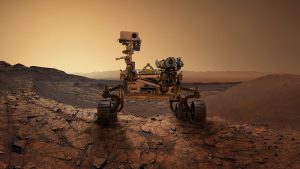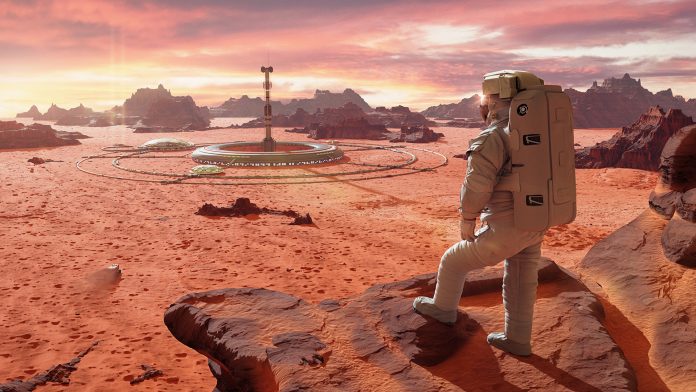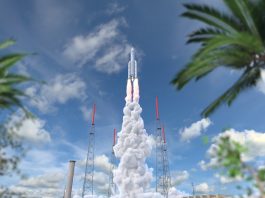The upcoming AMADEE-24 Mars Analog Mission will advance the development of space exploration through international collaboration and research.
The Institute for Systems and Robotics and the Interactive Technologies Institute, represented by the Laboratory of Robotics and Engineering Systems (LARSyS), will participate in the latest Mars Analog Mission and study the use of robots for collecting scientific data.
The study, ‘Enhanced Teleoperation Interfaces for Multi-Second Latency Conditions: System Design and Evaluation,’ was published in IEEE Access.
What are Analog Missions and how do they advance scientific research?
Analog Missions are field tests in locations similar to extreme space environments. NASA engineers and scientists work with government agencies, academia, and industry to gather requirements for testing in harsh environments before they are used in space. Tests include new technologies, robotic equipment, vehicles, habitats, communications, power generation, mobility, infrastructure, and storage. Behavioural effects are also observed, such as isolation and confinement, team dynamics, menu fatigue, and others.
Past generations used Analog Missions to prepare to leave Earth’s atmosphere, land on the moon, and permanently orbit our planet. In keeping with this concept, Analog Missions prepare for deep space destinations, such as an asteroid or Mars.
Analogs provide NASA with data about strengths, limitations, and the validity of planned human-robotic exploration operations. They also help define ways to combine human and robotic efforts to enhance scientific exploration.
The upcoming Mars Mission
As one of the scientific partners of the OeWF, LARSyS has contributed to the Mars Analog Mission since 2019. The upcoming mission, which will take place in 2024, will simulate the living conditions on Mars, with six astronauts living in isolation for a month in a habitat in Armenia.
During this time, LARSyS will conduct an experiment called MEROP (Towards a More Effective Remote Operation of Planetary ground robots using multimodal interfaces), which aims to improve the teleoperation of remote rovers and provide astronauts with a toolkit for troubleshooting.
“We are excited to be part of this major international collaborative effort for the development of space exploration,” said researcher Rute Luz. “Our experiment will use a teleoperation interface with several levels of autonomy. We will use image argumentation to improve teleoperation and compensate for operational challenges like situation awareness or rough terrains.”
The AMADEE-24 Mars Analog Mission science definition workshop was held in February, during which the official location and crew for the mission were announced. The Técnico researchers from the MEROP project were also in attendance and will be participating in the space simulation mission with their experiment.
How can the use of robotics advance scientific experiments?
Adding human cognitive skills to planetary exploration through remote teleoperation can lead to more valuable scientific data acquisition.

Still, even small amounts of latency can significantly affect real-time operations, often leading to compromised robot safety, goal overshoot, and high levels of cognitive workload. This means that novel operational strategies are necessary to cope with these effects.
The researchers proposed three augmented teleoperation interfaces to aid the operator during teleoperation under multi-second latency conditions on the Mars Analog Mission. In their paper, they stated: With the implemented teleoperation architecture, the operator receives feedback from the robot through a visual interface and can send motion commands with a controller. However, due to the communication latency, the robot only receives the orders 1.5 seconds after the operator sends them.
“Since the time latency was not naturally available in the simulated environment, we implemented a system component that artificially adds latency to the system.”
The researchers have already conducted experiments to evaluate the proposed interfaces in a realistic virtual environment where frequent traction losses occur. The results suggest that adding human cognitive skills to planetary exploration through remote teleoperation can lead to more valuable scientific data acquisition. The Mars Analog Mission will be revolutionary for the role of robotics in space exploration.









